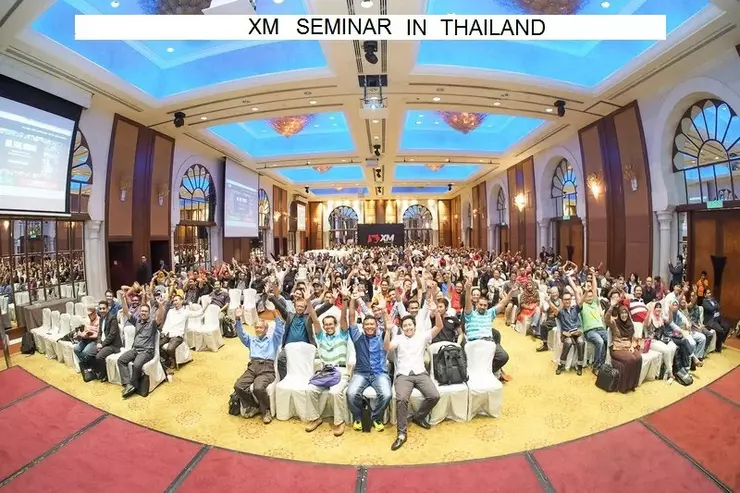Gold Trading Basics
Gold trading is the exchange of the metal gold for US Dollars. Traders can make money when gold prices are moving up or moving down. When the market is moving upwards a trader will buy the metal gold, when gold is moving downwards a trader will sell the metal gold.
When a trader buys gold they exchange their dollars for the metal gold, when a trader sells gold they exchange their gold and hold value in the form of dollars.
Gold Price Quotes
The gold price quotes represent the exchange rate at which the gold metal will be exchanged for dollars. Gold metal is measured in ounces and the exchange quotes represent the price per ounce of gold.
Gold in the online exchange market is quoted as Gold - XAU represents gold and USD represents US Dollars.
If the price per ounce of gold is $1130 then this will be represented by the quote symbol of Gold and the quote price will be denoted as 1130.00 - a gold quote will have two decimal points added to the gold price to represent the quote price up to the cent.
If price per ounce of gold is quoted as $1130 it means a trader will buy one ounce of gold for $1130. If a trader on the other hand wants to sell their gold bars then they will get $1130 per every ounce of gold that they have.
Gold Lots or Gold Contracts
In trading gold online - gold is traded in lots or batches. One lot of gold will comprise of 100 ounces of gold. Gold is traded in lots so as to increase the value of profit per 1 point movement. When gold is traded in lots of 100 then a 1 cent move will give a trader profit of $1.In gold price the least movement is one point and this one point is equal to 1 cent.
In online gold trading there is no physical exchange of gold bars for cash, instead gold is traded using contracts that represent the same value of gold. Traders will buy or sell these gold contracts based on the exchange quote price and transact these from their gold trading accounts. As long as trader has the required account balance in the gold account they can open trade transactions and open gold contracts.
Leverage
To trade gold contracts that are traded in lots of 100 ounces, then a trader would need to have an account balance of $113,000 - one ounce of gold is equal to $1130 therefore 100 ounces will be equal to $113,000.
Most retail investors cannot afford this amount to invest with. This is where leverage comes in. Leverage is provided to the trader by their broker.The most common leverage is 100:1 which means that a trader can borrow up to 100 times the amount they deposit as their capital. For example a trader with an account balance of $2,000 can borrow up to 100 times this amount - therefore the trader will have a total of $200,000 to trade with. With this leveraged amount a trader can then afford to buy 1 contract of gold which is equal to $113,000 and even have an extra $87,000 of this leveraged amount.
This leverage is what makes gold trading popular among retail investors, because these traders can make much larger trades while investing little of their own capital. This leverage therefore increases the profits that a trader can make when trading the gold market. However, this leverage also increases the losses that a trader can make as well.
Margin
Margin is the amount of money required by your broker so that your broker can continue allowing you to trade with the leveraged amount. This is the money that you deposit in your account before you start trading. If you deposit $2,000 then this is your margin.
Calculating Profits in Gold Trading
In gold trading the one point move which is the least move in the price quote is equal to 1 cent. When gold is traded in lots of 100 ounces of gold, then the 1 point move in the price of gold will be equal to $1 - 1 cent multiplied by 100.
This means that if gold moves from 1130.00 to 1130.50 - this 50 point price movement will mean a trader will make a profit of $50 from this transaction.
If the price of gold was to move up by $2 from 1130 to 1132 then a trade would make a profit of $200. On average $2 to $3 dollars per day.
Bid/Ask Price
Bid - price at which you sellAsk - price at which you buy
For example the bid/ask price can be quoted as 1130.00/1130.30, which means the price at which you sell is 1130.00 and the price at which you buy is 1130.30.
Spread
The spread is the difference between the bid price and the ask price. For example if bid/ask price is 1130.00/1130.30 then the difference between these two prices is 30 points and this is known as the spread.
Spread is therefore the difference between the price at which you buy and the price at which the broker is offering to sell.


